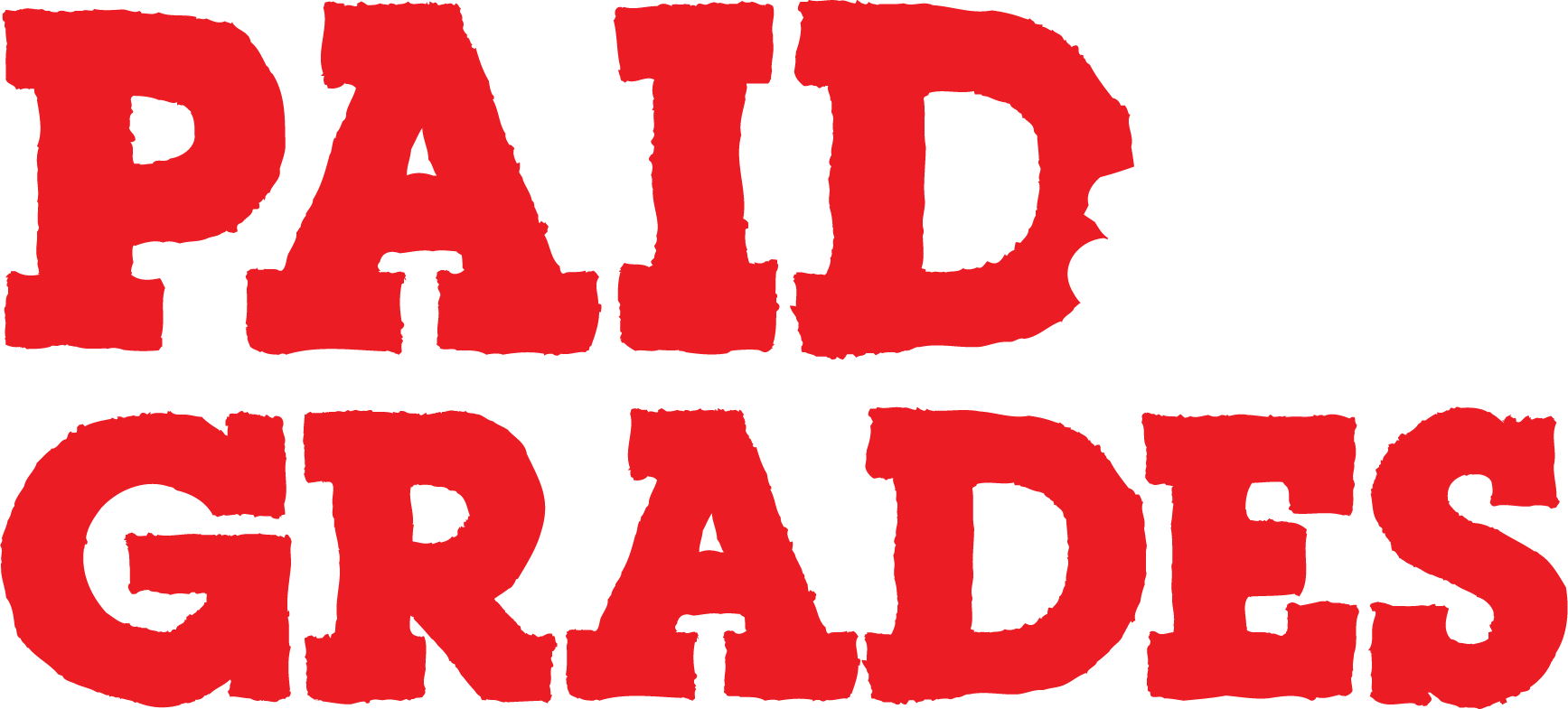Some of us are old enough to remember when you used to draw a little dash through the numeral 7 to distinguish it from the number 1. Yes… we’re being serious…. That was an actual thing.
We might also recall most of our lesson plans tended to focus on memorizing certain facts rather than actually understanding what they meant. That all changed sometime in the mid-2000s.
Gone were those old memorization-based lesson plans. New approaches to teaching ushered in lessons that focus on critical thinking and the application of formulas instead of rote memorization.
Different Approaches to Education Around the Globe
Education in the United States made the shift to practical learning with little fanfare, although the idea itself was a revolutionary one. In fact, several countries around the world still utilize the standardized system of memorization, testing, and linguistics that we did until about twenty years ago.
Nations like China, England, and Japan still heavily rely on standardized testing as a main instruction tool. Countries like Finland, on the other hand, keep their classes as small as possible and focus on individual learning, rather than prepping students for tests.
Of course, the best solution may be a combination of different methods. Canada has one of the highest-performing education systems in the world, according to the OECD. They take a hybrid approach, blending memorization-based lesson plans with an individualized approach for retention and overall understanding.
Now that the US has jumped aboard the dualistic approach to education, it’s more important than ever for students to demonstrate their grasp of the subjects at hand. With that in mind, here are a few tips to help you study like a valedictorian… and maybe become one, too.
1. Talk to Your Teachers
This is a good rule of thumb even if you fully understand the content your instructor is providing you. Building rapports with your teachers can give you an opportunity to talk with them in more depth about the material.
While high school teachers don’t typically have office hours, some may be available to offer help outside class hours. This way, you can be sure that you fully understand the lessons.
2. Formulas are Life
Don’t sleep on math, folks. If you are struggling with a formula that isn’t immediately rectifiable, then that needs to be a point to stress when you’re studying later. Keep at it until it starts to make sense.
If you try your best to resolve a particular problem, but just can’t figure it out, then seeking help from a tutor might be a good idea. You can’t afford to just skip over stuff you don’t understand, as a lot of mathematics builds on material learned in previous chapters.
Math is an essential part of any rounded education. It’s especially pertinent if you are entering a STEM, accounting, or business degree program. Remember: math is a muscle…you’ll lose it if you don’t use it.
3. Keep Your Old Tests
We’re not saying you should count on teachers reusing old tests or anything. However, old tests can be useful as study guides for future tests.
You can look at what the teacher gave you previously for multiple choice, short-answer and long-answer questions.This should give you some idea as to what you should expect later tests to look like.
Old tests can also help you figure out what topics and questions you need to devote more study time to later. This will come in handy for midterms and final exams.
4. Memorize Names Before Dates
History, humanities, English…all these classes rely on memorizing certain key people and dates. This can be very hard for a lot of people, but there are some tricks to help you here.
Names are a lot easier to remember for most people. So, make it your first priority to remember the name of a person paired with the event or work in question. Once you’ve got that association built, memorizing the dates associated with them becomes another rote exercise.
